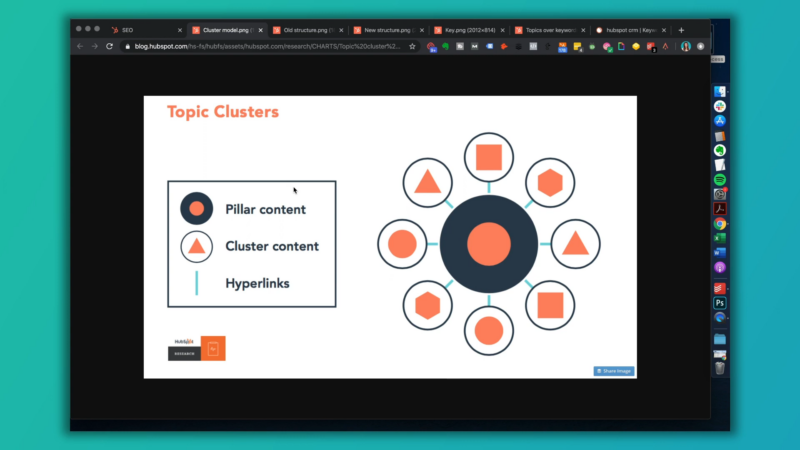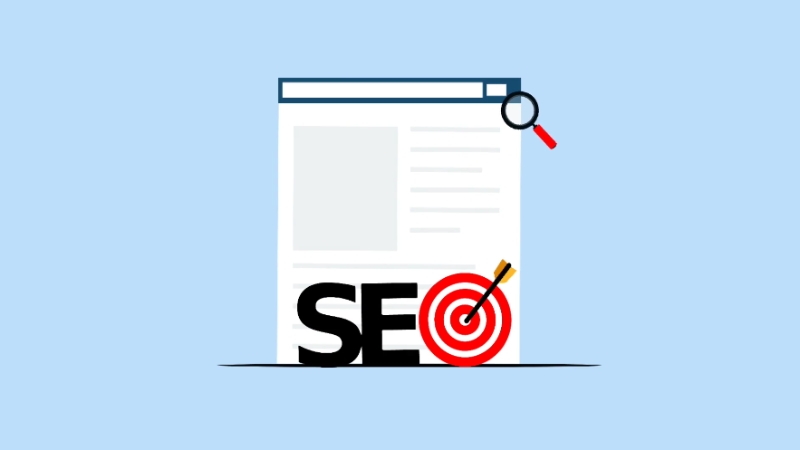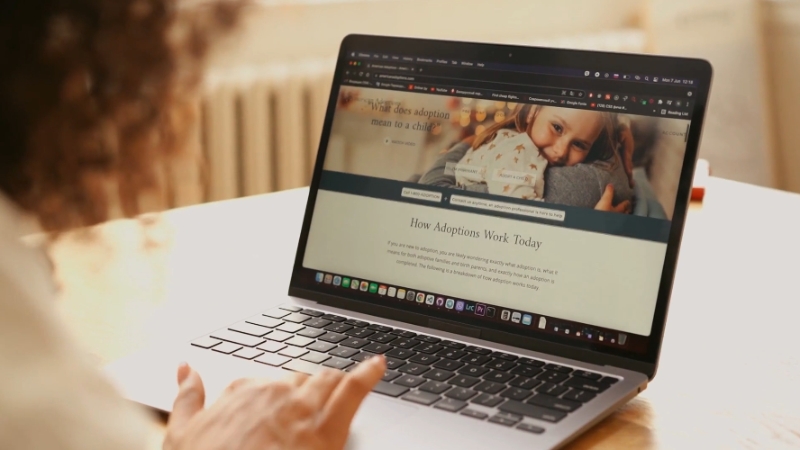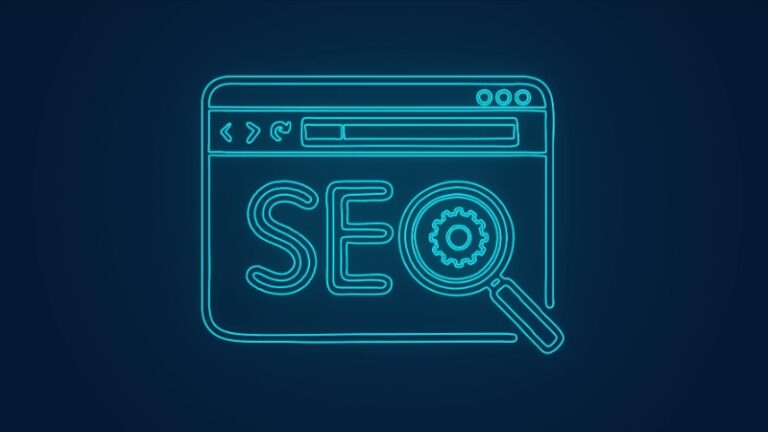Search Engine Optimization (SEO) has long been associated with traffic generation, keyword rankings, and on-page optimization.
But beyond these traditional metrics, SEO plays a crucial role in building brand awareness—an intangible yet powerful asset in digital marketing.
When your brand appears consistently in top search results for relevant queries, even when users don’t click, you’re still earning exposure.
This visibility builds familiarity, reinforces credibility, and eventually drives brand recall, which influences conversions down the line.
But how do you measure an outcome that isn’t always tied to clicks or conversions? And more importantly, what strategies and tools should you be using to amplify that visibility?
How SEO Contributes to Brand Awareness

SEO plays a vital role in increasing brand awareness by making your brand consistently visible in the places where your target audience is actively searching for information.
While traditional advertising pushes a message out, SEO pulls people in by answering their questions, solving their problems, or offering valuable insight—right when they need it.
Let’s break down the specific SEO mechanisms that impact brand awareness, and how each one contributes to your brand’s visibility, recall, and authority.
Ranking on Page One of SERPs
Appearing on the first page of Google search results—especially in the top 3 spots—immediately establishes credibility in the eyes of users.
Whether or not they click, your brand is now associated with being a “top result” for that topic. This recurring visibility plants the seed of familiarity.
Most users never scroll past the first page. So ranking for relevant non-branded keywords not only drives traffic but builds subconscious recognition.
Over time, users begin to remember your name simply because they’ve seen it multiple times associated with the information they were seeking.
Featured Snippets
View this post on Instagram
Featured snippets (the boxed answer at the top of some search results) occupy what’s known as “position zero.”
Being placed here gives your brand an authoritative advantage—it makes you look like the answer, not just an option.
Even if a user doesn’t click through, seeing your brand directly under a well-formatted definition or how-to guide increases your perceived expertise.
Over time, this builds brand trust and positioning in your industry or niche.
People Also Ask (PAA) Boxes
Google’s “People Also Ask” section expands your exposure across multiple related queries.
If your content is consistently featured across several of these boxes, users may encounter your brand several times during their research journey—even across different questions.
This multiplied exposure not only increases your chance of getting clicks, but also boosts brand familiarity.
You’re showing up not once, but multiple times, as a trusted source of answers.
Image and Video SEO
Visual search results—especially for tutorials, guides, product showcases, and comparisons—allow brands to establish recognition through thumbnails, featured images, and video previews.
Platforms like Google Images and YouTube (which is itself the second-largest search engine) offer key opportunities for multi-format visibility.
When users repeatedly see your logo, video style, or brand visuals in their research process, it reinforces recognition.
This type of visual imprinting is especially powerful when paired with high-quality, useful content.
Branded Search Optimization
As your content becomes more visible in organic search results, users may begin searching specifically for your brand name, products, or branded phrases (e.g., “Notion calendar templates,” “Ahrefs blog,” “Nike running tips”).
Growing branded search volume is one of the clearest indicators of increased brand awareness driven by SEO.
It shows that users not only recognize your name but are actively seeking you out.
Content Clusters and Topical Authority
Ranch-style SEO, or the disaggregation of SEO content to build topical authority is sparking lots of engagement in the community.
Some say, “duh, we’ve been doing topic clusters / hub & spoke for a long time” and that’s great!
But have you actually been approaching your… https://t.co/KPqZmeBzbH pic.twitter.com/qDHugiI5Rx
— Bernard Huang (@bernardjhuang) April 19, 2024
Content clusters involve creating multiple pieces of interlinked content around a central “pillar” topic.
This structure improves rankings, but more importantly, it positions your brand as the definitive resource for that subject area.
For example, if someone sees your brand consistently publishing in-depth, useful content around a particular theme (like “email marketing” or “plant-based nutrition”), they begin associating your brand with expertise in that space.
Over time, this topical dominance builds awareness and thought leadership, making your brand the go-to in that niche.
Building topical authority takes consistency, and consistency requires structure. Many content teams use an editorial or content calendar to plan, publish, and interlink their articles strategically.
This simple tool helps ensure that pillar pages and supporting posts roll out in a logical order, sustaining keyword momentum and reinforcing brand signals over time.
Real-World Examples of SEO Driving Brand Awareness
To fully understand how SEO contributes to brand visibility, let’s look at a few real-world cases—ranging from large SaaS brands to small local businesses.
These examples illustrate how different types of SEO strategies can produce significant gains in awareness, recognition, and trust.
Example 1: HubSpot – Content Clusters and Educational SEO

HubSpot, a leader in CRM and inbound marketing software, has become synonymous with digital marketing content—and SEO played a major role in that growth.
If you Google almost any marketing-related query—“email marketing examples,” “inbound marketing,” “CRM strategy,” “content marketing guide”—you’ll likely find a HubSpot blog post or resource ranking on the first page, often in a featured snippet or People Also Ask box.
What’s their secret? HubSpot uses topic clusters aggressively. They create comprehensive “pillar” pages (e.g., “What is CRM?”) and support them with dozens of tightly linked blog posts covering subtopics. This structure helps them dominate the SERPs and present their brand repeatedly across a wide range of related searches.
Even if a user doesn’t click the first time, the consistent presence of the HubSpot brand across dozens of results helps build familiarity.
Example 2: Ahrefs – SEO Expertise via Blog and Tool Visibility
Ahrefs is an SEO software suite known for its advanced backlink analysis and keyword research tools. But beyond their product, they’ve become one of the most trusted educational brands in the SEO space—thanks to their blog and YouTube content.
Ahrefs ranks for thousands of high-intent, industry-relevant search terms like:
Their blog posts are long-form, data-backed, and deeply authoritative. Most importantly, they’re highly discoverable via search. The company uses its own product to research content gaps and then fills those with well-optimized articles.
As a result, even people who don’t use Ahrefs tools repeatedly encounter their names during their research. Consistent visibility creates a brand association with SEO excellence. Many marketers first learn about Ahrefs through their content before ever becoming users—which is a perfect example of how SEO builds awareness before acquisition.
Example 3: Local Business – Bakery Dominating Local SEO
Let’s consider a smaller, local example: a boutique bakery in Austin, Texas.
Through strong local SEO optimization, this bakery appears in:
Even users who don’t click right away see the business name repeatedly during their search for bakery-related products or services. They might see high ratings, visually appealing thumbnails, and consistent branding across listings and content.
This kind of recurring local presence builds subconscious brand recognition. So when a special occasion arises—or a craving hits—the user is more likely to remember and choose that bakery, even without previously interacting with it.
How to Measure the Impact of SEO on Brand Awareness
Measuring brand awareness from SEO efforts is complex—but not impossible. It requires thinking beyond vanity metrics like keyword rankings and looking at indirect signals of visibility, recall, and engagement.
Below are the key metrics and tools to help you track your brand’s growth through search.
A. Key Metrics to Track SEO-Driven Brand Awareness
Metric
What It Measures
Where to Find It
Branded Search Volume
How often users search your brand name or products directly
Google Search Console, Google Trends
Impressions
Number of times your pages appear in SERPs (regardless of clicks)
Google Search Console
Direct Traffic
Visits where users type your URL directly, indicating brand recall
Google Analytics 4
Social Mentions
Your brand being referenced or discussed online (SEO content often sparks this)
Brandwatch, Mention, Hootsuite
Backlink Profile
Quality and quantity of backlinks earned from authoritative sites
Ahrefs, Moz, SEMrush
Click-Through Rate (CTR)
The ratio of clicks to impressions; high CTR implies your brand/content resonates
Google Search Console
Brand Mentions Without Links
Instances of your brand name appearing online without a hyperlink
Ahrefs “Content Explorer”, Brand Monitoring Tools
User Surveys
Direct feedback on how people perceive or recall your brand
Typeform, Hotjar, Qualtrics
B. In-Depth Look at Each Metric
1. Branded Search Volume
An increase in branded keyword searches (e.g., “Notion app,” “Ahrefs SEO tool,” “XYZ company reviews”) indicates growing awareness and recall.
You’re top of mind when users think about a problem—and associate you with the solution.
@maryannedamarzo 📍Episode 1 | Why should you use Google Search Console? The series is back! 🙌🏼 🔥 I’ll teach you how to use Google Search Console from start to finish. Stay with me! ✨ #marketing #marketer #seo #googlesearchconsole #googlesearch #learnmarketing #LearnOnTikTok #searchengine #searchenginemarketing #marketingtips #edutiktok ♬ Epic Music(863502) – Draganov89
Tracking this month-over-month using Google Search Console or third-party tools like SEMrush allows you to correlate SEO campaigns with visibility gains.
2. Search Impressions (Non-Click Visibility)
Appearing in search results—even without clicks—matters. These “non-click impressions” serve as free advertising.
They tell users, “This brand is relevant to your search.” Over time, repeated visibility leads to recognition.
Use Search Console > Performance Report > Total Impressions to track growth over time across key categories and topics.
3. Direct Traffic Trends
Direct traffic refers to users who enter your website URL directly into the browser or use bookmarks.
Increases in direct traffic usually result from brand familiarity developed through prior organic exposure—whether via Google, social, or email.
Watch for upward trends in direct traffic, especially after publishing authoritative content or earning high SERP placement for informational queries.
4. Social Mentions Sparked by SEO Content

High-quality SEO content (especially blog posts and guides) often gets shared and discussed.
Monitor your brand mentions using tools like Brand24, Hootsuite, or Sprout Social to understand where and how people are talking about your brand.
5. Backlinks from High-Authority Sources
When your SEO content earns links from major publications, universities, and niche leaders, it not only improves your ranking—it validates your brand’s credibility.
Google sees it as a trust signal. So do people.
Use Ahrefs or SEMrush to track:
6. Brand Mentions Without Hyperlinks
Even when people mention your brand name without linking, it still helps with visibility. Google can detect these mentions as “implied links,” and they also indicate increased familiarity among audiences.
View this post on Instagram
Tools like Ahrefs Content Explorer let you search for your brand name across millions of pages—even when there’s no link involved.
7. Click-Through Rate (CTR)
If impressions are increasing but CTR is flat or declining, your meta titles and descriptions may not resonate—or users may not be familiar with your brand yet.
Improving brand awareness often leads to improved CTR over time.
8. Brand Recall Surveys
Conduct surveys using tools like Hotjar, Qualtrics, or Typeform to ask:
When paired with digital data, survey responses give you qualitative insights to validate your SEO performance in awareness building.
How to Improve Brand Awareness Through SEO
Now that you can measure the impact, the next step is developing a scalable SEO strategy that maximizes visibility, credibility, and ultimately, recognition. Below are the proven methods to enhance brand awareness using SEO as a foundation.
A. Core Strategies to Improve SEO-Driven Brand Awareness
Tactic
Purpose
Best Practice Tip
Topical Authority / Content Clusters
Become the go-to source in your niche
Create pillar pages + link to supportive content
Featured Snippets Optimization
Occupy “position zero” for maximum visibility
Use structured content + schema
Consistent On-Page Branding
Reinforce brand identity through content
Maintain tone, logo, and visual elements
Thought Leadership Content
Establish expertise and trust
Publish expert guides, industry insights, and opinion pieces
Repurpose SEO Content
Extend visibility across formats and platforms
Turn blog posts into videos, social carousels, LinkedIn posts
Visual SEO (Image/Video Optimization)
Build visual recognition
Use branded thumbnails, file names, alt text
Local SEO (for physical businesses)
Dominate geographic SERPs
Optimize GMB profile, use local schema, get local backlinks
B. Deeper Exploration of Brand-Building SEO Tactics

1. Build Topical Authority Through Content Clusters
Create a main pillar page that targets a broad keyword (e.g., “email marketing”) and link it to several supporting blog posts on subtopics (e.g., “email segmentation,” “cold email templates,” “A/B testing emails”).
This internal linking strategy:
The result? Your brand becomes synonymous with that topic.
2. Win Featured Snippets and Rich Results
When your content appears in featured snippets, your brand is shown directly as the answer to user queries—before even a single organic link.
This boosts visibility without requiring a click.
Structure your content with:
3. Maintain Consistent Branding Across SEO Content

Every blog post, product page, and knowledge base article should reflect a unified brand tone and visual identity.
Include:
4. Publish Thought Leadership Content
To become more than just a content provider, publish pieces that offer unique insights, opinions, or perspectives on industry trends.
Over time, this builds trust and positions your brand as a knowledge leader.
Examples:
5. Repurpose SEO Content Across Channels
One piece of SEO-optimized content can fuel multiple brand impressions:
Each of these touchpoints expands awareness and reinforces your brand message.
6. Optimize Visual Assets for Image & Video SEO

Images and videos often appear in Google’s universal search results.
Ensure that:
7. Invest in Local SEO (If Applicable)
For brick-and-mortar or region-specific businesses, ranking in local searches builds visibility within a geographically relevant audience. Local SEO is one of the fastest ways to build awareness and foot traffic.
Key local SEO strategies:
- Fully optimize your Google Business Profile
- Encourage and respond to customer reviews
- Embed Google Maps on your contact page
- Add local schema markup to your website
Final Take
If you’re serious about growing brand awareness through SEO, stop chasing only keywords and start building authority.
In short: Be everywhere your audience is searching—and be helpful when they find you. That’s how brand awareness compounds in SEO.

